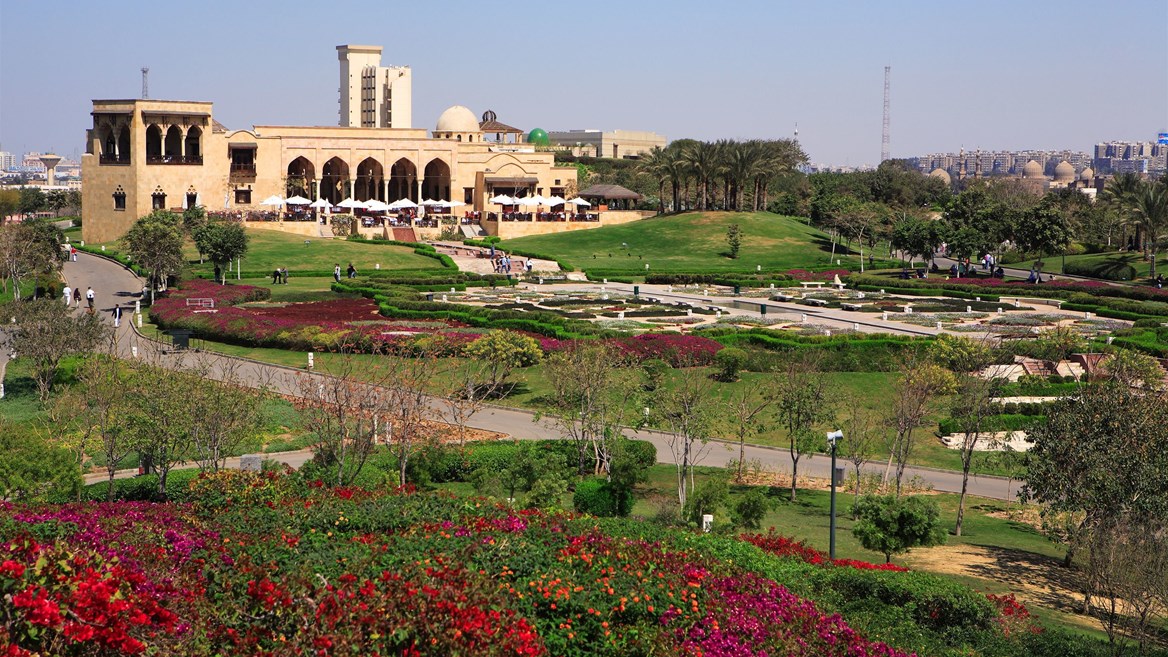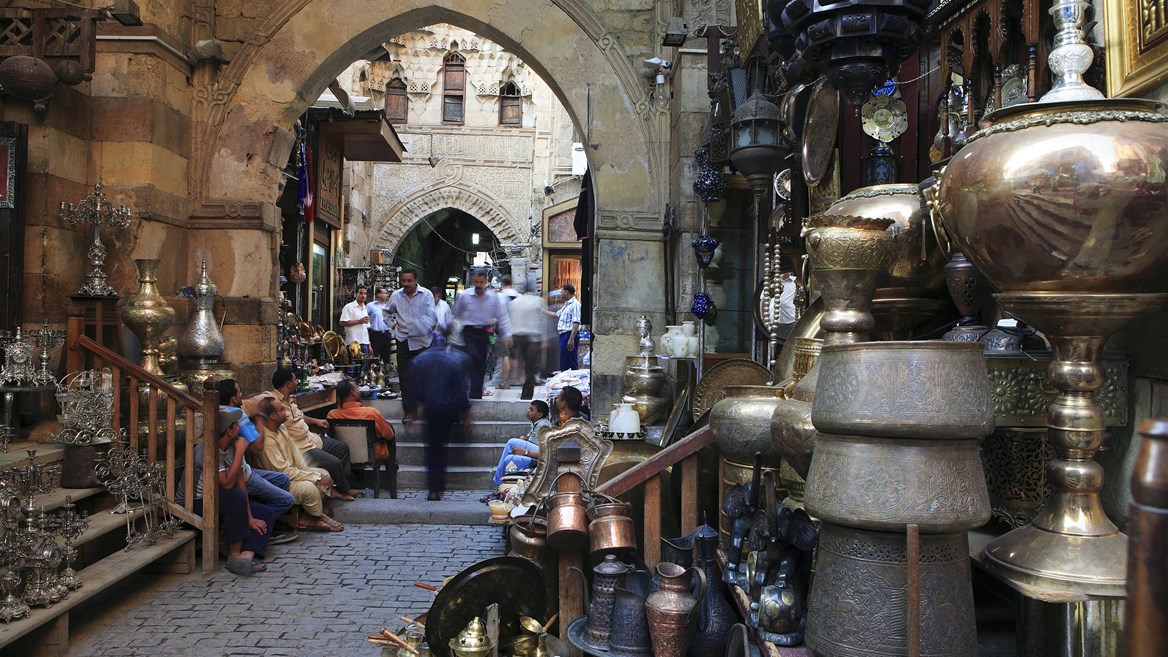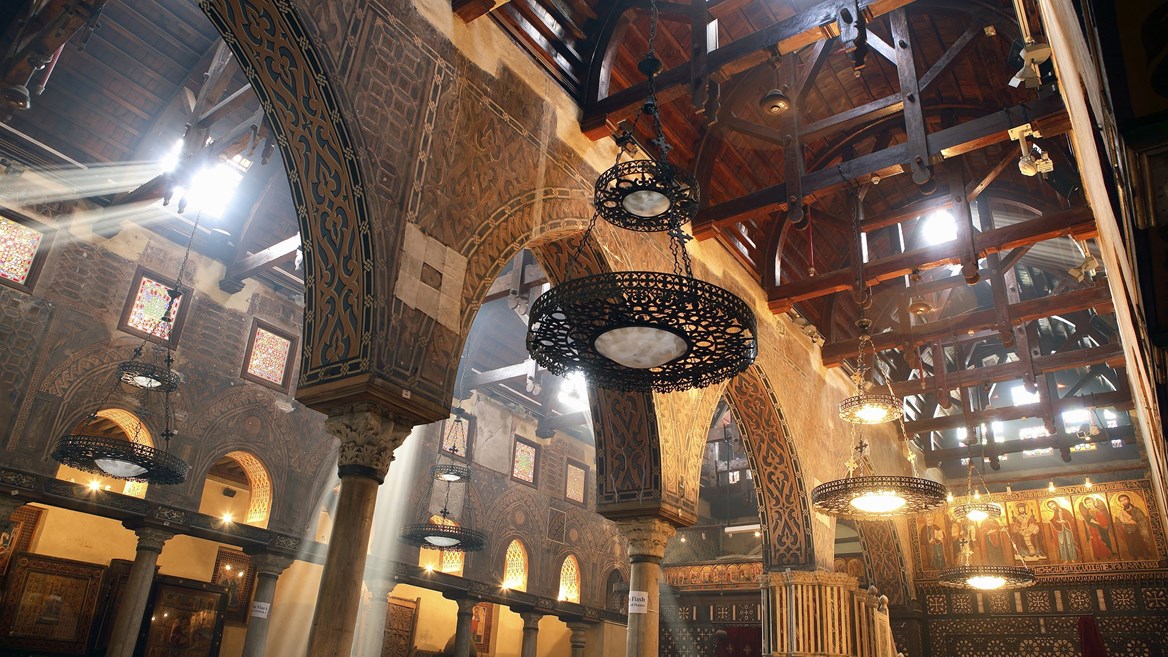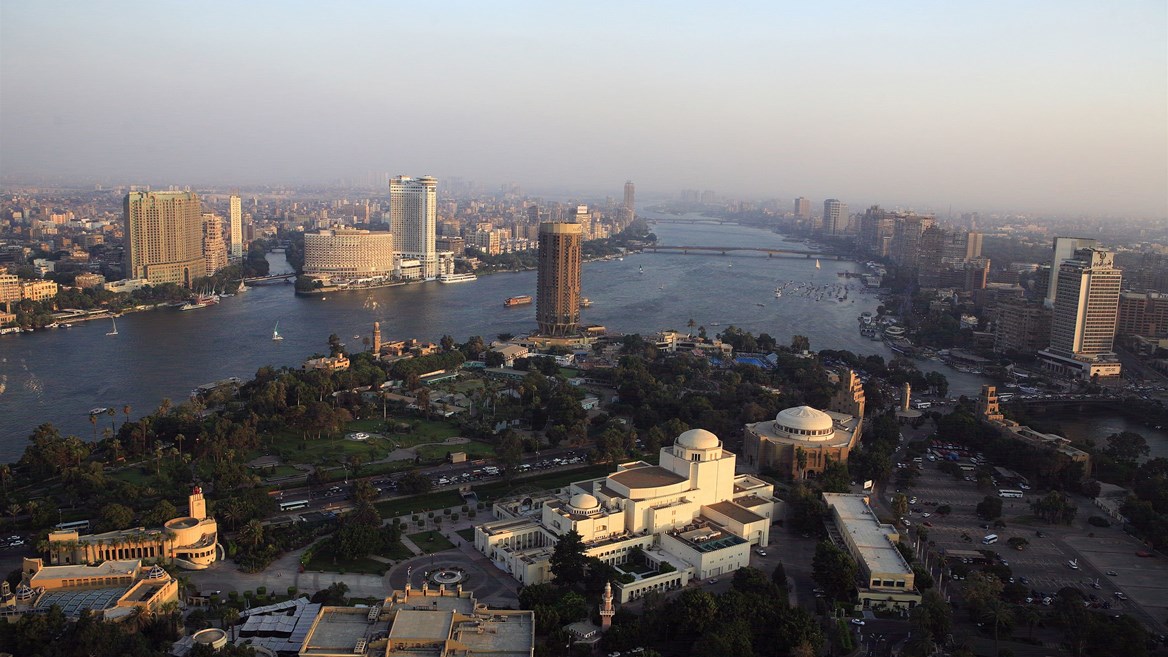10 places you have to visit in Cairo
Egypt’s capital, Cairo, is full of hidden corners and obscure delights, but there are also plenty of must-see locations that should be included on every itinerary, including The Pyramids, The Nile and The Sphinx.
Fly to Cairo from May from 11,000 each way
All images courtesy of Egyptian Tourist Authority

Pyramids of Giza
Among the Seven Wonders of the World, these 4,000-year-old ancient Egyptian tombs inspire travellers and archaeologists alike. A 45-minute drive from Cairo’s centre, and the largest of the three, the Great Pyramid, towers 147 meters, made up of an estimated 2.3 million stone blocks, each weighing 2.5 to 15 tons. /Image by Bertrand Gardel

Egyptian Museum
Egypt’s most important collection of ancient artefacts – 120,000 pieces, including mummified remains, sarcophagi, pharaoh’s treasures and also day-to-day objects from one of the most advanced ancient civilisations. The star of the show is Tutankhamun’s instantly recognisable death mask, made of gold and precious stones, which was first excavated in 1925. /Image by Bertrand Gardel

Great sphinx of Giza
It may not reach the heights of the Great Pyramid but the enigmatic Sphinx is just as indelibly linked with the image of the Ancient Egyptians. This limestone human-lion hybrid is carved from a single body of stone and is believed to have been made to represent the pharaoh Khafre. /Image by Bertrand Gardel

Al-Azhar park
One of the largest parks in Cairo’s Al-Azhar park stretches for 80 acres. In the shadow of Al Sultan Hassan Mosque, this was once the site of a municipal dumping ground, but today offers some of the best views of the city. It’s also full of fountains that make for perfect photo opportunities. /Image by Bertrand Gardel

Khan El-Khalili
Bursting with stalls selling modern consumer goods as well as workshops for artisans and traditional crafts and souvenirs, this 14th-century market is a major draw for visitors to the city. It is also home to El-Fishawi cafe, which was established in 1797 and is one of the oldest in Cairo. /Image by Bertrand Gardel

Coptic Museum
Although it is mostly associated with Egyptian and Islamic history, Cairo has a rich Coptic Christian heritage. In the Roman fortress town of Babylon, the Coptic museum is home to hundreds of Christian Egyptian documents, statues and artefacts each displaying distinct influences, including Ancient Egyptian, Greek, Roman, Byzantine and Ottoman. /Image by Bertrand Gardel

The Hanging Church of The Virgin Mary
Another jewel of Cairo’s Christian heritage, this 4th-century church was once residence to the Coptic patriarchs of Alexandria. It gets its curious name from the fact that it appears suspended, which is a result of its being built on the remains of two of the towers from the Fortress of Babylon. /Image by Bertrand Gardel

The Nile
Nothing is more redolent of the image of Egypt’s capital than the longest river in Africa, which was once thought to be the longest in the world. Sale it in a traditional felucca boat. Or else, the mighty Nile offers more modern vessels, including floating restaurants, nightclubs and guide boats. /Image by B.Rieger/Hemis.fr

Cairo Tower
Commonly known to locals as Ananas Nasser (Nasser's Pineapple), at 187m, Egypt’s tallest tower has offered incredible views of the city since 1961. It was in fact the tallest building in Africa when it was built, and the lattice of its façade reflects a pharaonic lotus plant, an emblem of Egypt. /Image by Bertrand Gardel

Baron Empain Palace
Perhaps one of Cairo’s most curious architectural diversions, this palace was designed by French architect Alexandre Marcel, and finished in 1911. Cairo may be well-known for its buildings’ eclectic influences but this is the most celebrated Indian-style construction in the city, taking Cambodia’s Hindu temple of Angkor Wat as its inspiration. /Image by Bertrand Gardel
Pyramids of Giza
Among the Seven Wonders of the World, these 4,000-year-old ancient Egyptian tombs inspire travellers and archaeologists alike. A 45-minute drive from Cairo’s centre, and the largest of the three, the Great Pyramid, towers 147 meters, made up of an estimated 2.3 million stone blocks, each weighing 2.5 to 15 tons. /Image by Bertrand Gardel











